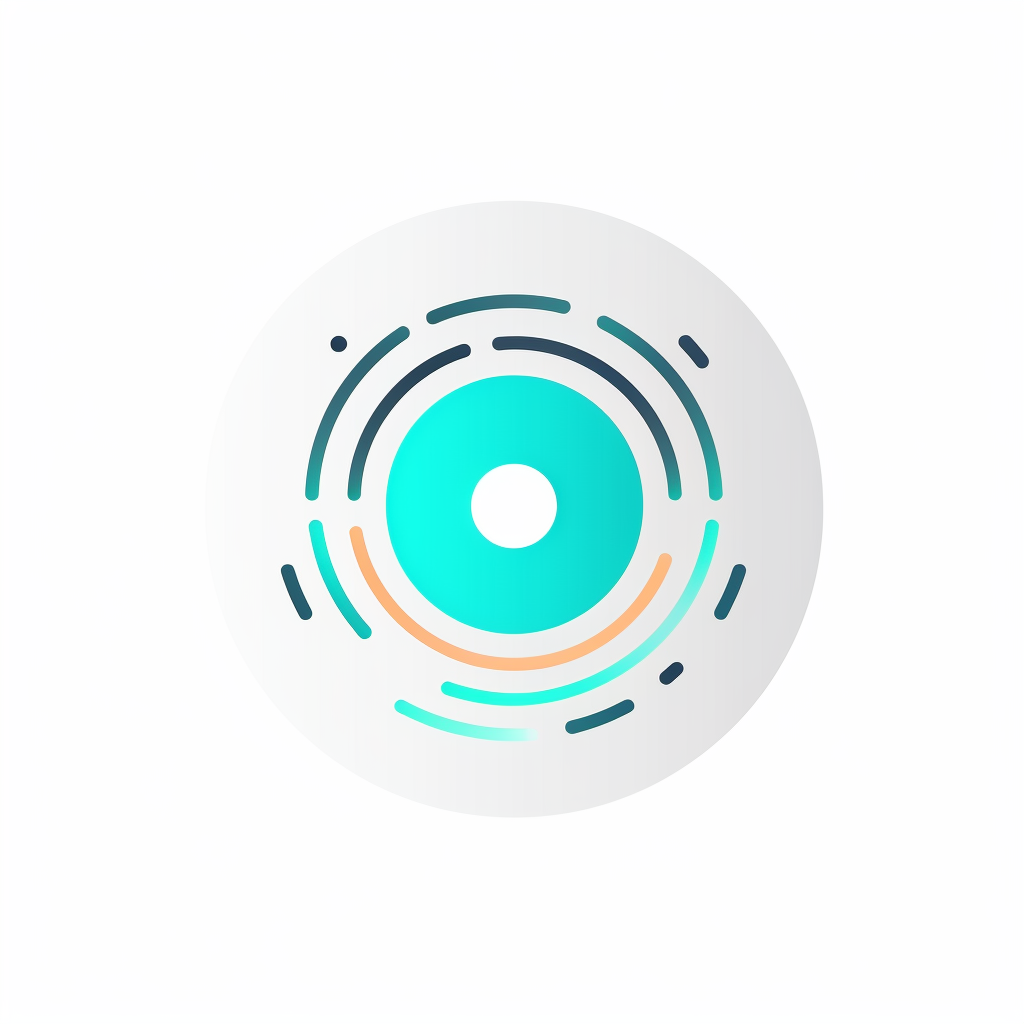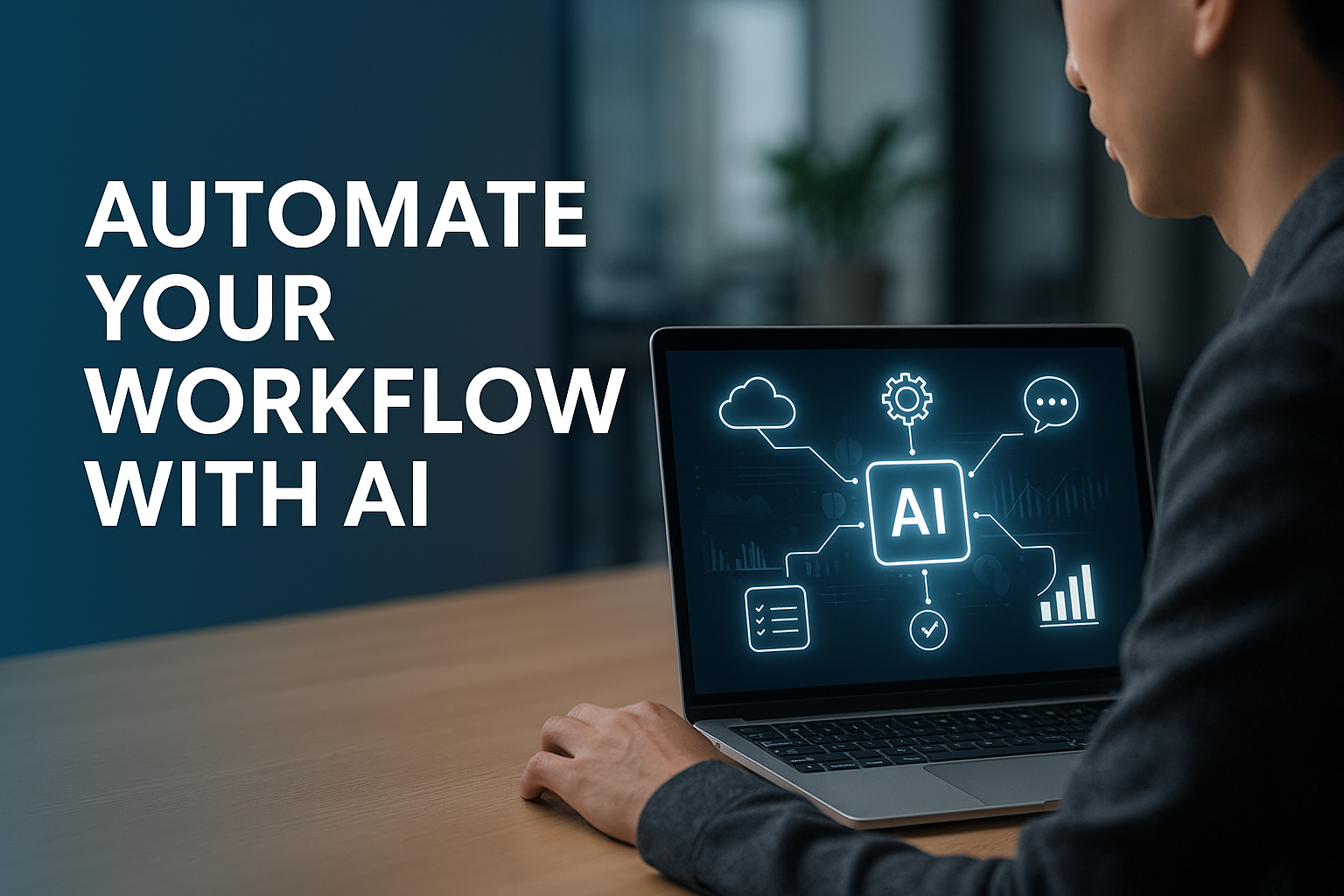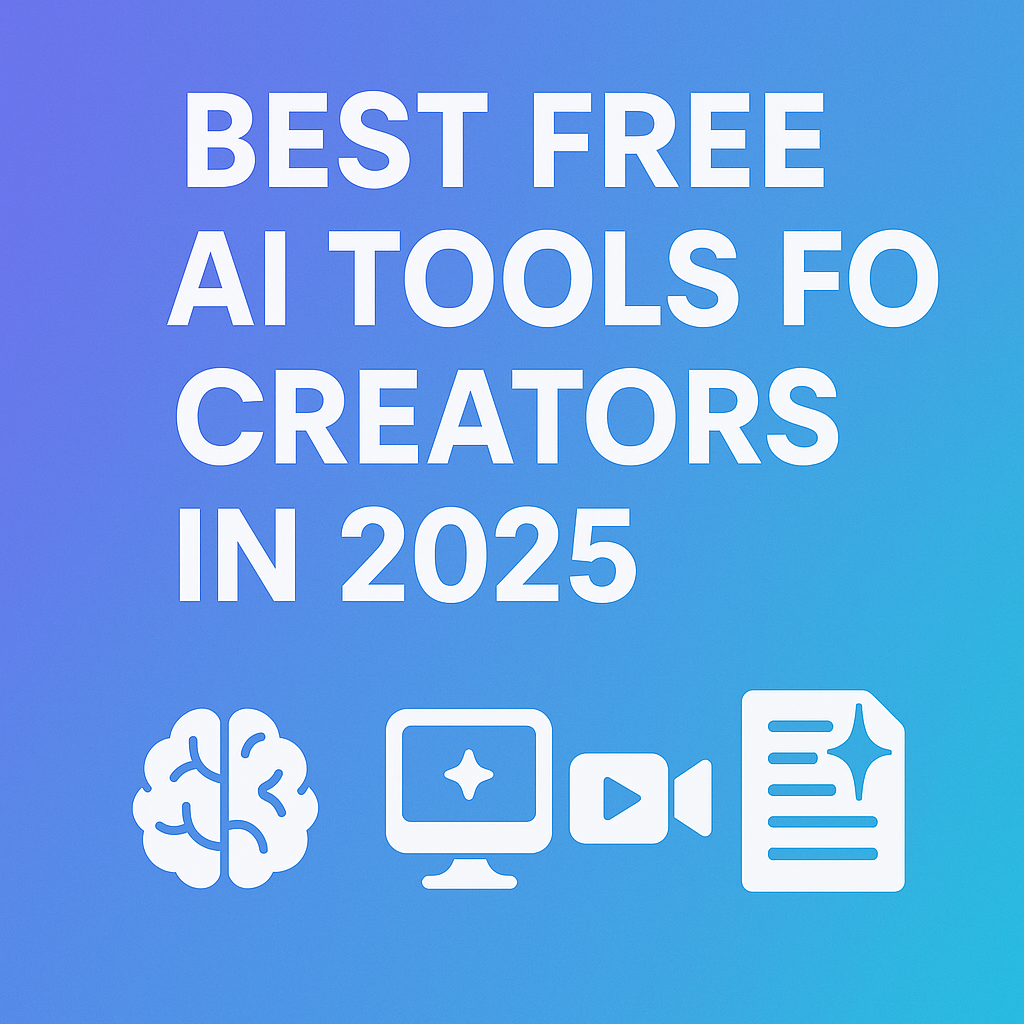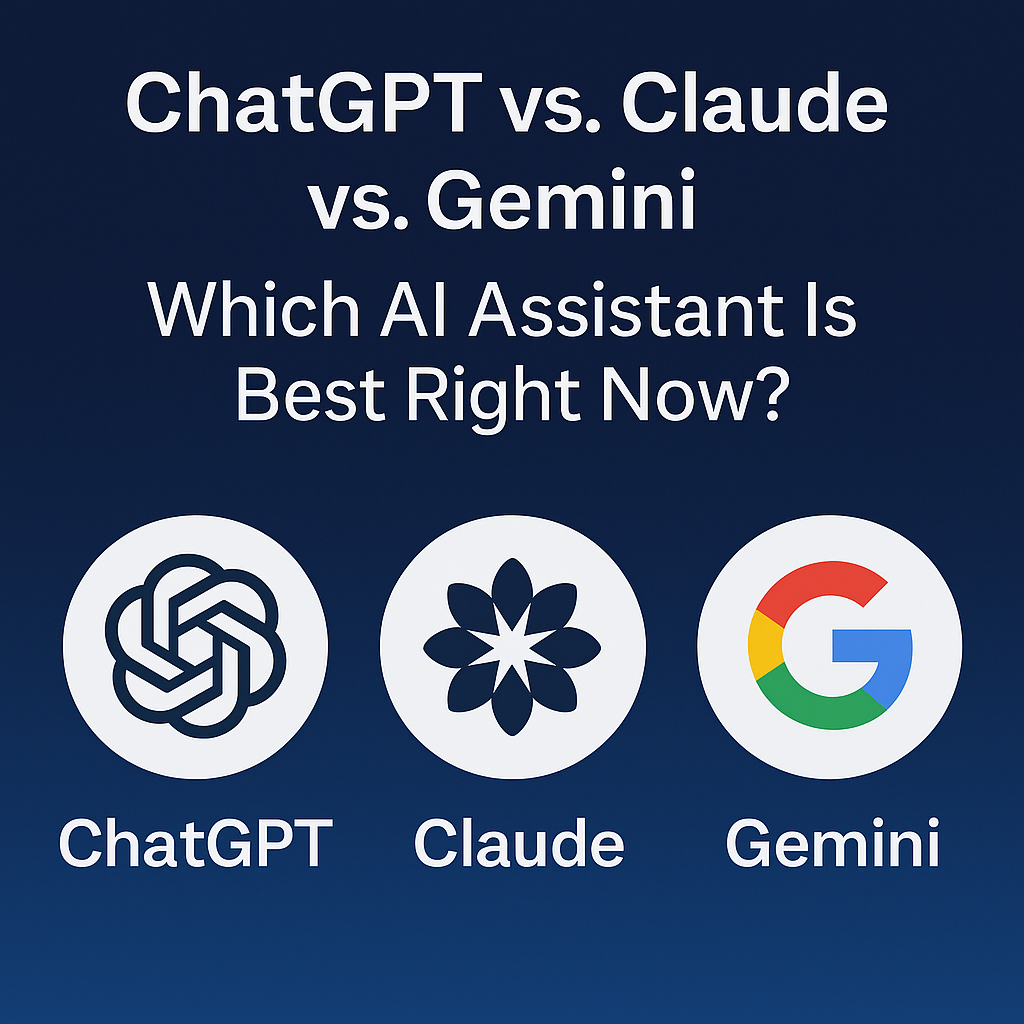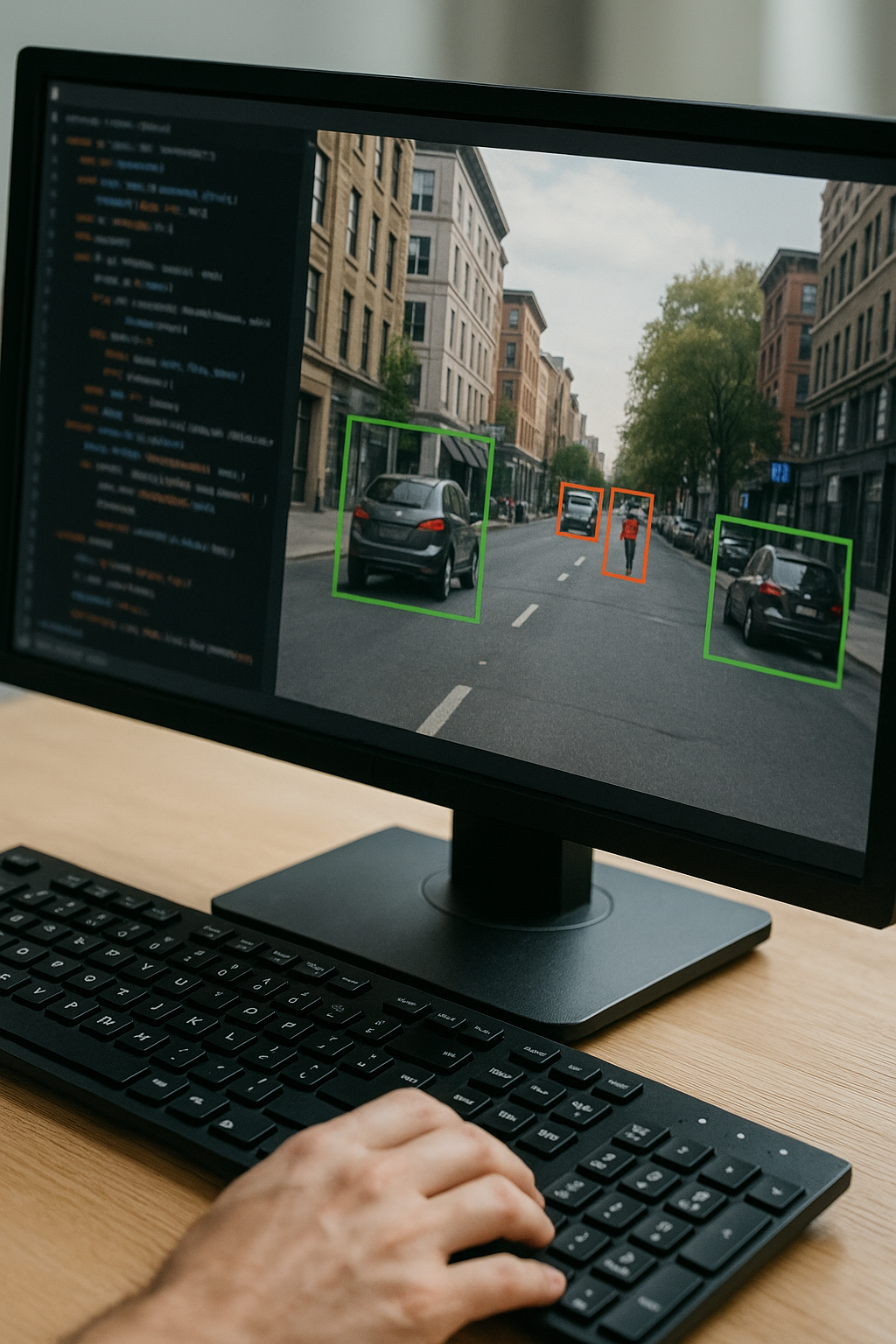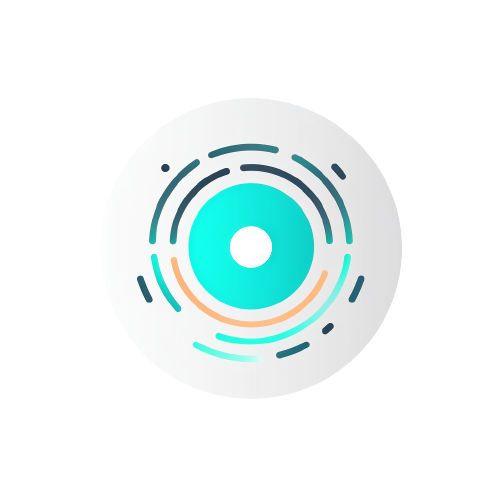The Evolution of AI
From Early Dreams to Modern Reality
Artificial Intelligence has transformed from a distant sci-fi dream into a technology that touches nearly every aspect of our daily lives. Its journey spans decades of innovation, setbacks, and breakthrough moments that have fundamentally reshaped our understanding of what machines can achieve. This comprehensive exploration takes us through the fascinating evolution of AI, from its philosophical foundations to its current state at the cutting edge of technology.
The Philosophical Foundations (Pre-1950)
Before AI became a technical reality, it was a philosophical quest. The concept of artificial beings and mechanical reasoning dates to antiquity, with automatons in Greek mythology and mechanical calculators invented by pioneers like Pascal and Leibniz. The development of formal logic systems by George Boole and Gottlob Frege in the 19th century laid crucial groundwork for the mathematical foundations of AI.
The Foundation Years (1950-1969)
The Birth of AI
The story of AI formally begins in the 1950s, marked by several groundbreaking developments. Alan Turing's seminal paper "Computing Machinery and Intelligence" introduced the Turing Test in 1950, proposing a practical way to evaluate machine intelligence. This paper addressed fundamental questions about machine consciousness and intelligence that continue to spark debate today.
The Dartmouth Conference
The historic Dartmouth Conference of 1956, organized by John McCarthy, Marvin Minsky, Claude Shannon, and Nathaniel Rochester, marked AI's official birth as a field. The conference's proposal ambitiously stated that "every aspect of learning or any other feature of intelligence can in principle be so precisely described that a machine can be made to simulate it."
Early Innovations
This period saw remarkable early achievements:
- Logic Theorist (1956): Created by Allen Newell, Herbert Simon, and Cliff Shaw, this program could prove mathematical theorems, demonstrating that machines could perform reasoning tasks.
- General Problem Solver (1957): This program could solve a wide range of puzzles and problems, showing that machines could use general strategies for problem-solving.
- SAINT (1961): Created by James Slagle, this program could solve calculus problems at college level.
- Eliza (1966): Joseph Weizenbaum's natural language processing program simulated a psychotherapist and showed how simple pattern-matching could create the illusion of understanding.
The First AI Winter (1970-1980)
The Lighthill Report
The 1973 Lighthill Report in the UK severely criticized AI research's failure to achieve its "grandiose objectives." This influential report led to the withdrawal of funding for AI research in Britain and influenced funding decisions worldwide.
Technical Limitations
Several factors contributed to this downturn:
- The inability of existing computing hardware to store and process large amounts of data
- The combinatorial explosion problem in searching large problem spaces
- The limitations of perceptrons, as demonstrated by Minsky and Papert
- The difficulty of capturing common-sense knowledge in computer-readable form
Impact on Research
During this period, many researchers shifted focus to more specific problems rather than general AI. This led to important work in:
- Computer vision algorithms
- Natural language processing fundamentals
- Expert system architectures
- Knowledge representation methods
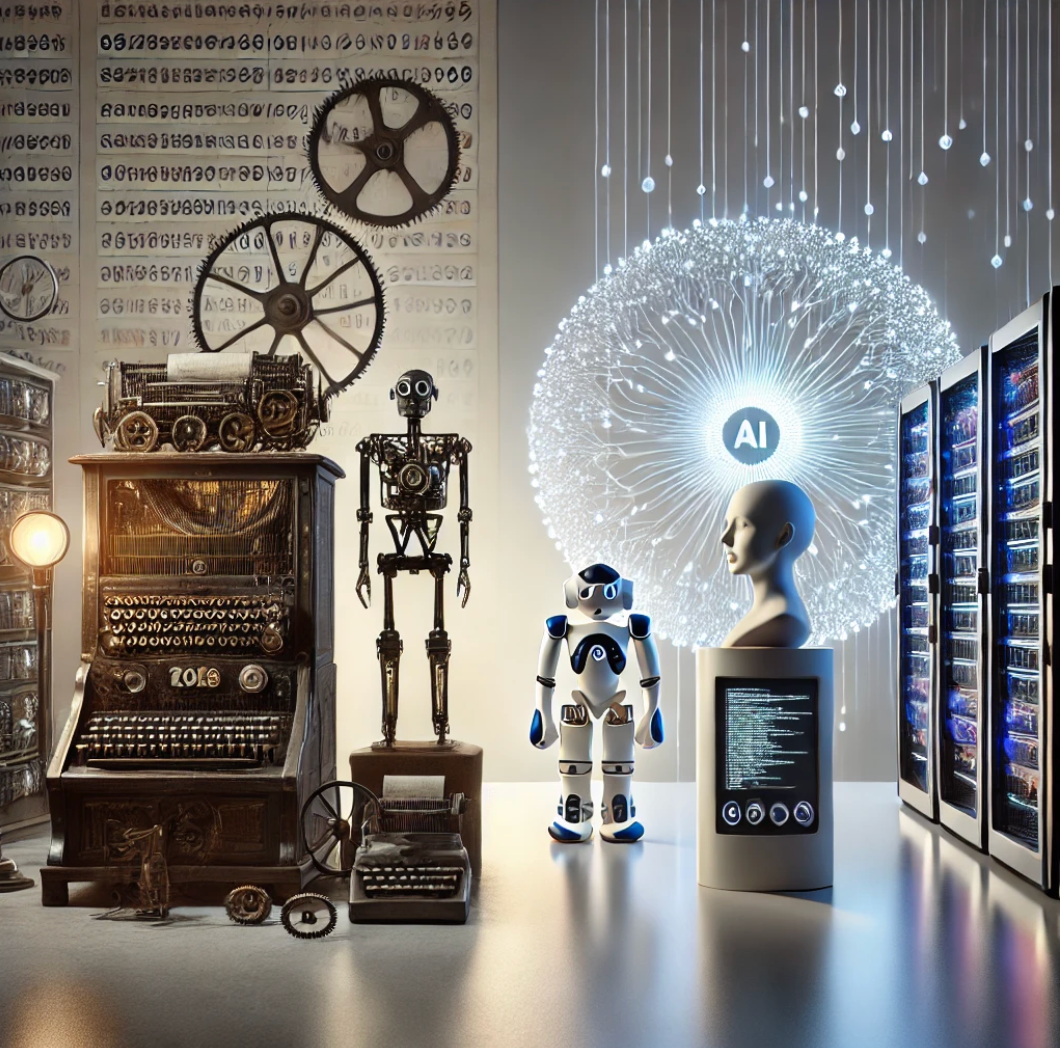
New Paragraph
